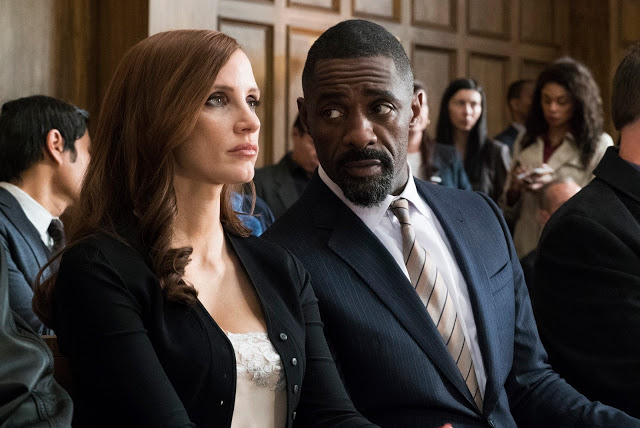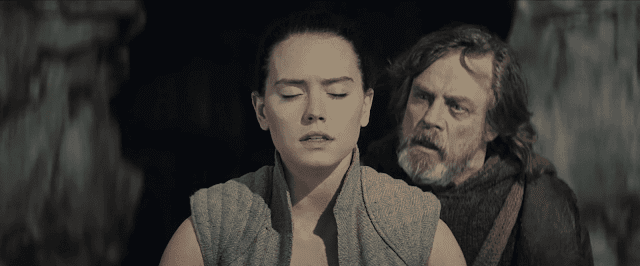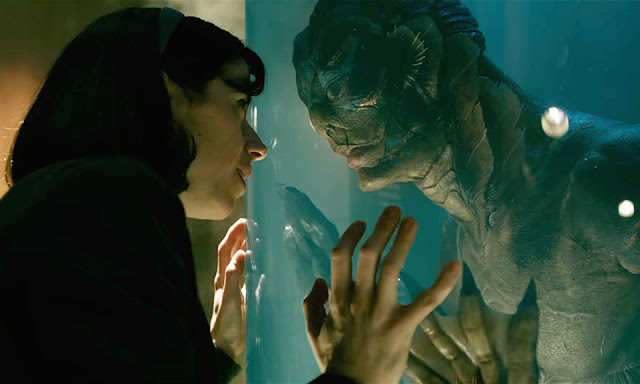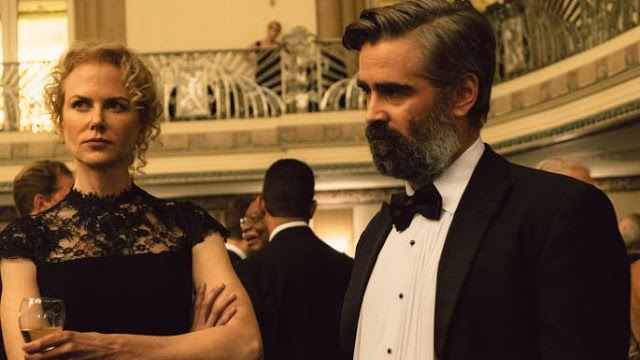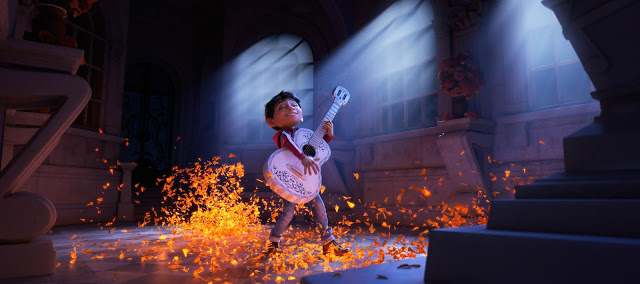Molly’s Game: Shoving All-In, with Her Cards and Her Soul
Molly’s Game is about an obscenely intelligent drug addict who wields her intellect and verbal dexterity to achieve professional fortune and personal satisfaction. Which drug addict, you might ask? The film’s protagonist is Molly Bloom, the so-called “Poker Princess” who ran outrageously high-stakes games of Texas hold ’em for movie stars, hedge fund managers, socialites, and other reprobates. But scrub the gender-specific pronoun from the description, and we could just as easily be talking about Aaron Sorkin, the uber-literate Oscar-winner who battled substance abuse on his way to becoming one of America’s most recognizable and divisive wordsmiths. It’s easy to see what attracted Sorkin to Bloom, and to perceive Molly’s Game—his crackling, robustly entertaining directorial debut—as a kind of cracked-mirror self-portrait, as well as a flick about a babe with brains.
Yet even if Molly’s Game is in part a stealth vanity project for Sorkin, it also functions as a well-calibrated response to one of the most common complaints lobbed against him: his inability to write strong roles for women. With her sky-high stilettos and low-cut cocktail dresses (“the Cinemax version of myself”), Molly can occasionally suggest a male screenwriter’s fantasy of feminine sexuality—in fact, she makes this very point to one of her clients who pathetically confesses his love for her—but she is too forceful a presence to be reduced to a mere object. Brought to flaring, ferocious life by Jessica Chastain, Molly reveals herself as a number of things over the course of the movie—a manipulator, a visionary, a lamb, a lioness—but in no way is she a minor player. Read More

